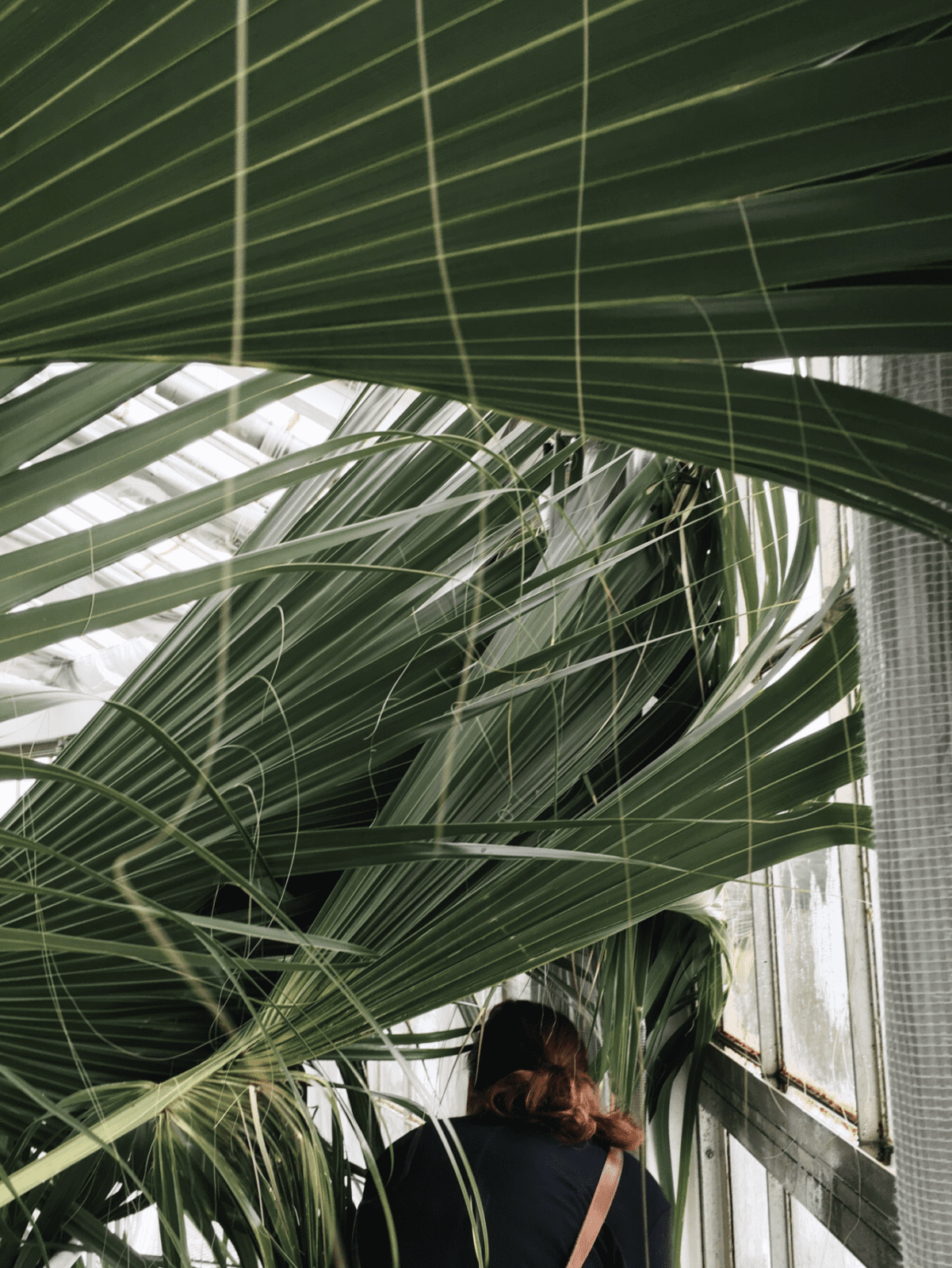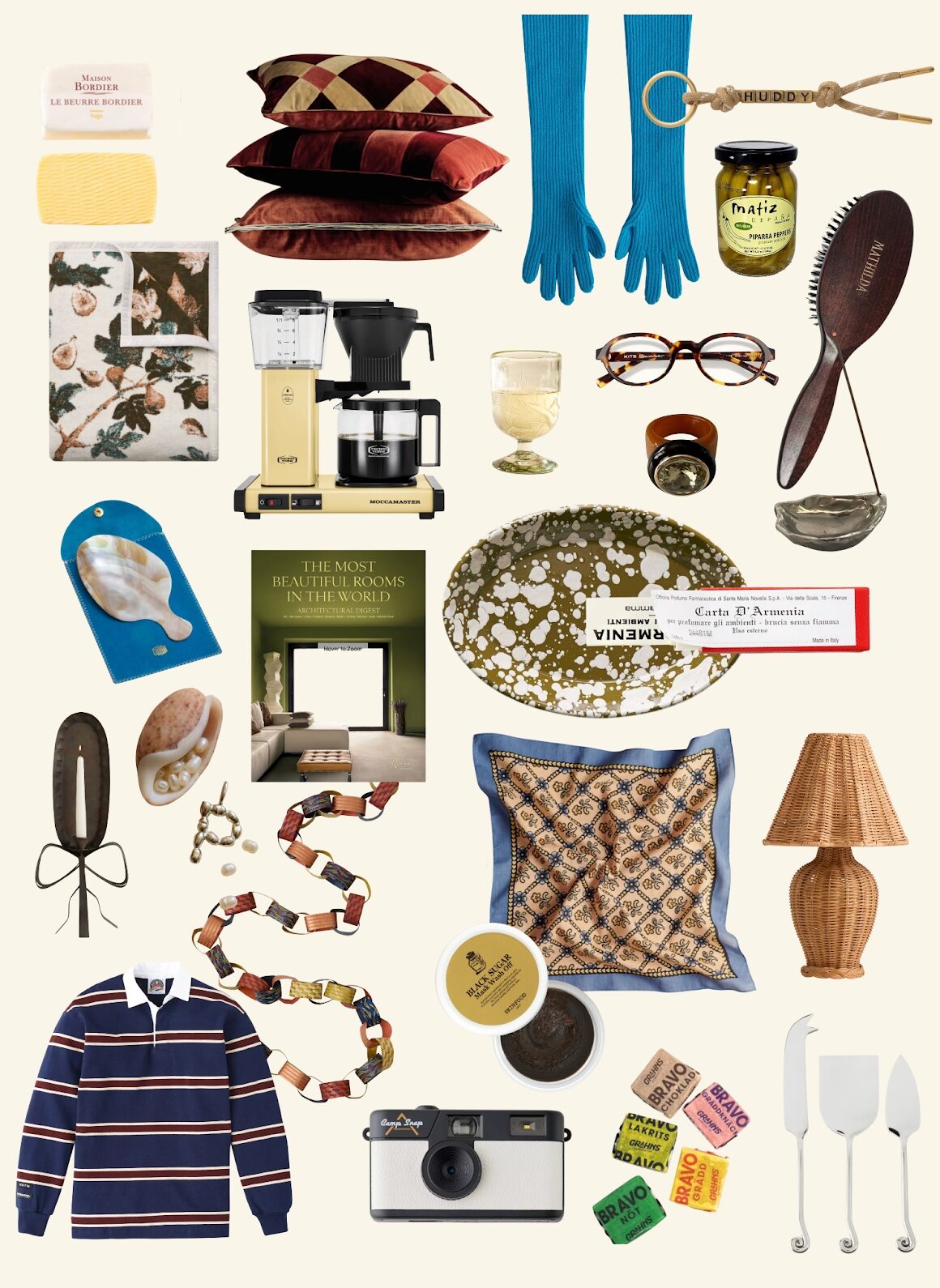

As previously seen on Wit & Delight
Editor’s Note: This month’s theme on W&D is about the importance of tending to your roots. In the most literal sense, nowhere in life is this idea more apparent than when it comes to the physical act of taking care of our beloved plants. In this piece, contributor Megan McCarty is breaking down tips and tricks to try when you’re a new plant parent, just trying to make your way in the world. Hint (and I apologize in advance for having to be the one to tell you this): Stay far, far away from the fiddle-leaf fig.
I killed a plant last week. I watered it, perhaps too much, moved it from one window to another, admired its spiky leaves and ability to reach for the sky with seemingly no effort, and then, perhaps overnight when I wasn’t watching, it turned brown and died.
I smothered it with too much love. (Don’t get me started on how that could be a theme in my life.)
Rest in peace to my whatever-it-was plant. Now I’m determined to get my houseplant parenthood journey back on track. You already know the benefits of keeping plants: they absorb carbon dioxide and release oxygen (basically the opposite of us), encouraging cleaner air, oftentimes resulting in a better mood and more focused concentration for us plant parents. Plus, they’re just so damn pretty.
With the help of Sara Garza-Barnes from Frond Plant Shop—the ultimate cool plant store in ultimate cool city Austin, Texas—we’re breaking down the 101 of how to become a plant person for the super busy, kinda lazy, and perhaps a little intimidated.
“Having plants around me is very inspiring when it comes to my art, and they are a definite must for home design,” says Sara. “Whether you have 100 or just a few, plants can really enhance a space.” They sure can. Not only are plants an affordable, earth-friendly way of decorating your home—adding a dose of color and life to any corner—but they’re better for your overall well-being, too. Count us in. Now, let’s get to the basics.
So you’ve never owned a plant before. Where do you start? (Hint: put the fiddle-leaf fig down.)
Welcome friends of all thumb colors! First, Sara says, determine how much time, space, and effort you are reasonably able to give to your new plant babies. Do you travel a lot? Are you a bit of a flake, unsure if you’re able to keep a regular watering schedule?
Next, pay close attention to your home’s access to sunlight. “Look at the lighting in your space at different times of day,” Sara says. “When is it brightest? What direction is the window facing? Are there a lot of trees outside? Or is there a direct view to the sky?” All these factors will determine what type of plants are best suited for your sunlight situation. Don’t worry if you’re sandwiched between two high-rises; certain plants—think pothos, snake plants, and ZZ plants—thrive in low-light situations.
What are the best plants for beginners?
Sara especially loves pairing up heartleaf philodendron with new plant parents. Why? “They’re very versatile with lighting conditions, it’s pretty easy to tell if they need water, and they grow so fast! Peperomias are also really great beginner plants. They’re non-toxic to pets and children and pretty hearty when it comes to watering.” Add to that list the low-light lovers mentioned above, as well as succulents, cacti, jade, ivy, and umbrella plants.
Which plants are best to leave for the plant-owning veterans?
Ahem, talking about you, fiddle-leaf figs. “Fiddle-leaf figs have to go on this list because they are notorious for being high maintenance,” Sara says. “I think people often underestimate the brightness of the light in their home and these plants need some good light.”
“Ferns can be tricky, too,” she says. “If you’re not used to having houseplants and forget to water these guys, they’ll crisp up pretty fast. But if they do, it’s not over for you! Resume watering and cut away any dead fronds. You should see new growth in a week or two.”
What other lifestyle factors should be considered before investing in plants?
- How often do you move? “Moving can be stressful on plants,” warns Sara, “but as long as you try to give them an environment as close as what they’re used to as possible and adjust your watering schedule accordingly, they’ll do just fine.” Phew!
- What about other dependents—kids and pets? Many houseplants (including some of our favorites, like aloe vera, bird of paradise, and calla lily) are toxic to four-legged friends, so knowing which ones are safe is a must. As for kids, oftentimes a simple plants are not for playing, don’t touch attitude is enough to keep kiddos away.
- Do you have a rigorous travel schedule? If you jet off and leave your plant babies home alone often, more drought-tolerant plants are the way to go. Try ponytail palm, spider plants, or, of course, succulents.
Are there any telltale signs of yep, that’s it, I really killed it versus a plant that could be resurrected?
Turns out loving something too much can kill it. “If your plant has been severely overwatered then it’s a goner,” says Sara, as excess stagnant water sitting in the plant causes root rot. But even then you may be able to salvage it. “If there are any green bits still left, you can cut those and try rooting them again.”
If you have the opposite problem and have underwatered your plants, resume watering (now! go!) and give them some time to revive. “If you don’t see any progress after a couple of weeks then it’s probably not coming back,” Sara says.
I like watching them grow and change. I love how they’re quiet and beautiful but they’re doing amazing things—scientific things! Each one is so unique and when they grow into your space they take on a whole new meaning to you.
Any parting words from our plant expert?
For those new to the houseplant game, Sara insists you shouldn’t be afraid to experiment with plants that you’re drawn to. “Sometimes it takes some trial and error to get it down. Just start small and do as much research as you can on your new plant.”
“There is so much to learn about plants in general and then when you bring them indoors there’s a delicate balance of light and water that you have to figure out for each one—that’s pretty fun for me,” Sara says. “I like watching them grow and change. I love how they’re quiet and beautiful but they’re doing amazing things—scientific things! Each one is so unique and when they grow into your space they take on a whole new meaning to you.”
“But sometimes they die. And that’s okay because hopefully, you learned something about what the plant needed or what you could do better.”
Amen. Now excuse us while we water—but don’t overwater—our plants.
Megan is a writer, editor, etc.-er who muses about life, design and travel for Domino, Lonny, Hunker and more. Her life rules include, but are not limited to: zipper when merging, tip in cash and contribute to your IRA. Be a pal and subscribe to her newsletter Night Vision or follow her on Instagram.
BY Megan McCarty - May 23, 2021
Most-read posts:
Did you know W&D now has a resource library of Printable Art, Templates, Freebies, and more?
take me there
Get Our Best W&D Resources
for designing a life well-lived




Thank you for being here. For being open to enjoying life’s simple pleasures and looking inward to understand yourself, your neighbors, and your fellow humans! I’m looking forward to chatting with you.
Hi, I'm Kate. Welcome to my happy place.


















Like what you see?
Share Wit & Delight with a friend: